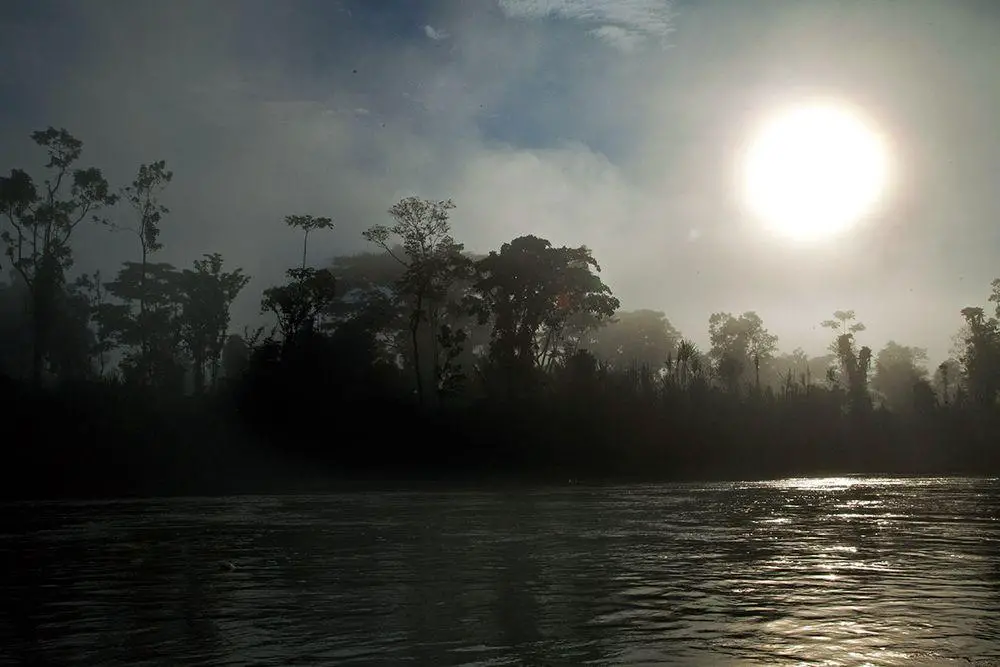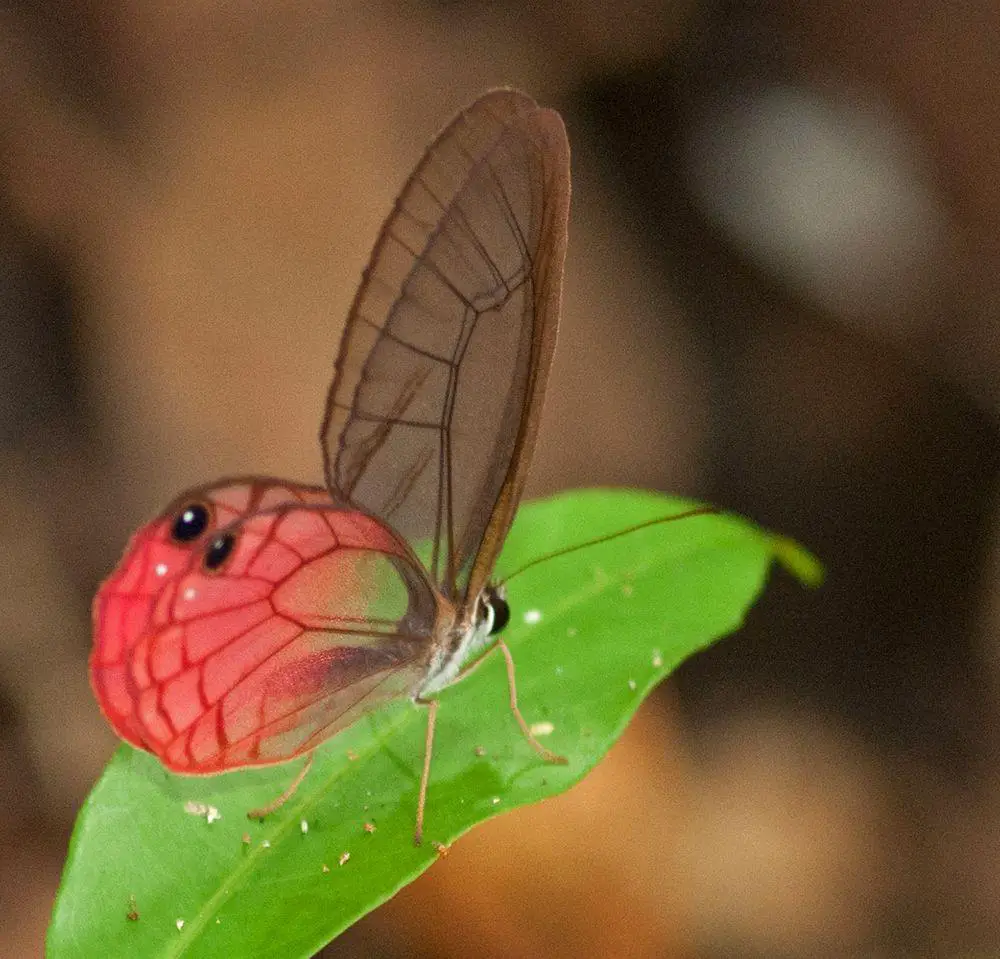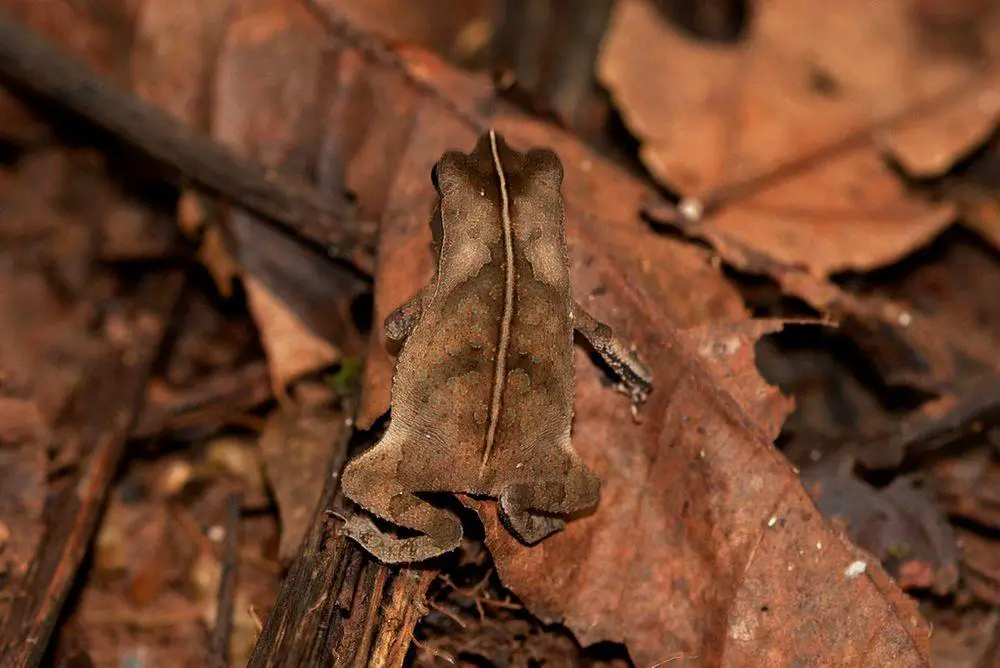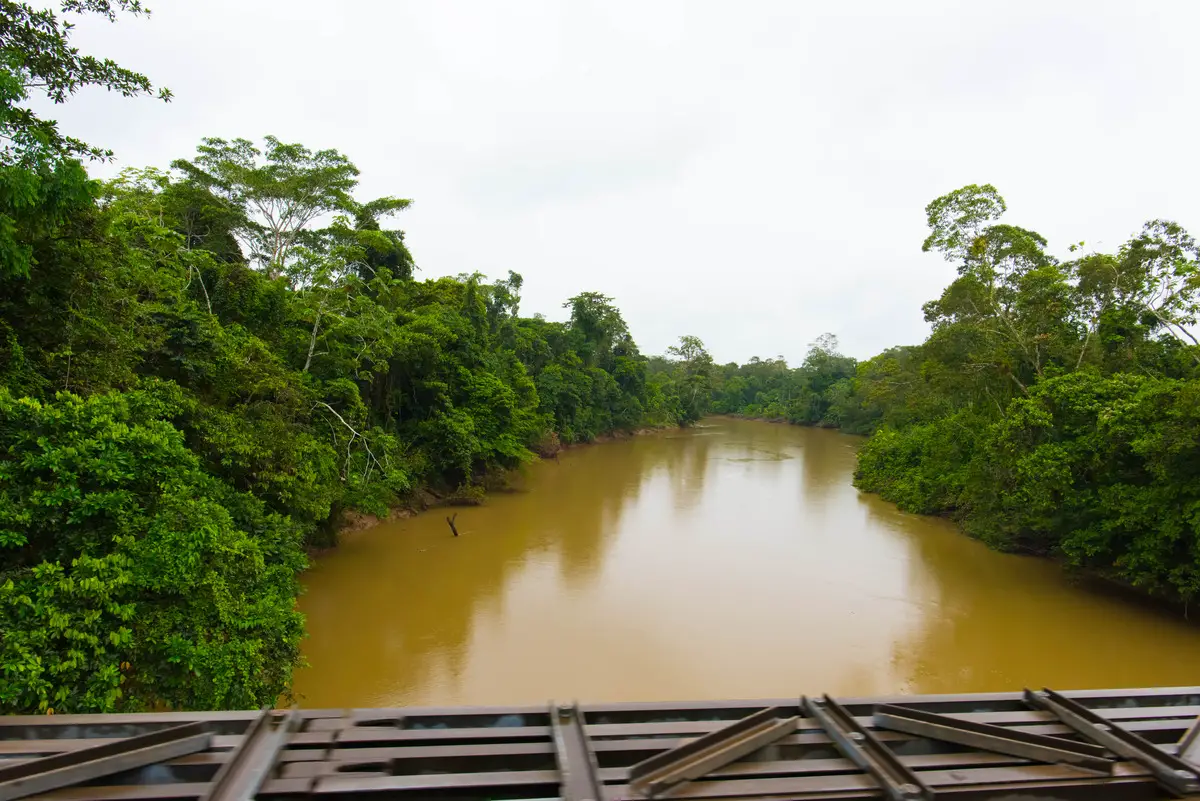 In short
In short
There is a very special forest tract in the immense Amazonian rainforest – Yasuni Forest. It is well possible that this large forest in the eastern part of Ecuador is the most biodiverse place, e.g. nowhere else in the world one can see that many species of living organisms as here.
 49.8%
49.8%
GPS coordinates
Location, address
Area
Map of the site
If you see this after your page is loaded completely, leafletJS files are missing.
 In detail
In detail
The most biodiverse place on Earth?
Although it requires more knowledge than we have today, it is likely that Yasuni Forest is the most biodiverse spot on Earth. The extreme biodiversity of this place is explained by the fact that there meet very diverse ecoregions – Andes and Amazon plains and the site is near the equator, it served as a refuge for numerous species during the ice age. The climate here is very wet, rain is almost daily but also the sun shines almost every day.
The forest holds the world record for species diversity for the following groups of living organisms:
- Reptiles (121 species);
- Bats (117 species);
- Freshwater fishes (more than 540 species);
- Insects (average hectare in this forest has more than 100,000 diverse species of insects – as much as in the whole of North America). Forest holds the world record for the number of social bee species – 64!
- Trees – 644 species per hectare, 1,852 known species, and some 300 unclassified species in total. This includes some 50 species of palms;
- Epiphytes (313 species);
- Lianas (more than 500 species);
Yasuni forest has unusually high species diversity for many other groups of organisms as well: birds (at least 596 species), all mammals (164 species including the above-mentioned bats), amphibians (150 species – only in Many National Park in Peru are more, 155). This is also one of the few (nine) places in the world with more than 4,000 species of vascular plants over a distance of 10,000 km².
43 species of vertebrates have been found only here, also some 220 – 720 species of plants are endemic to this forest.
Many new species are discovered here each year and there is a high potential that discoveries will continue in the future.
Part of Amazon rainforest
To be frank, this article goes in contradiction with the principle of Wondermondo – in general here are described landmarks which are not too large – less than 500 km². Yasuni Forest though is much larger than this – its area exceeds 10,000 km².
Nevertheless there is no other, better candidate for one very important world record: the most biodiverse place in the world. The research of Yasuni forest is ongoing and it is not entirely clear whether there is a place here that has more diversity than the others and where such a place could be.
Yasuni forest is part of a much larger forest region – the Amazon rainforest, located near the northwestern corner of this amazing ecosystem. It is generally considered that the Yasuni forest is located between Napo and Curaray rivers in eastern Ecuador. Western borders of this forest are not clearly set but the research shows that in general, the biodiversity increases exactly towards the western part of this forest.
Part of the forest is protected by Yasuni National Park (9,820 km²), founded in 1979. Next to it in 1999 there was created a protected area of another type: the Tagaeri-Tarmonenane Untouchable Zone, where the Huaorani people could live their traditional life. This also is a large area (around 7,000 km²) and biologically – a continuation of this same forest with the same unique qualities.
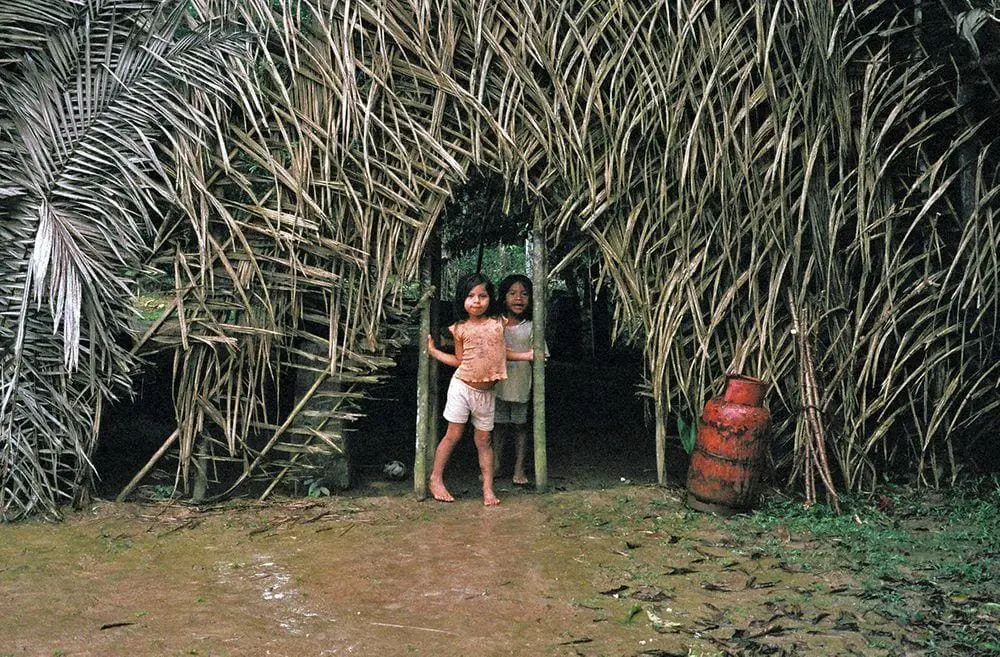
Huaorani
Yasuni Forest is the ancestral territory of Huaorani (Waorani) people – an unusual ethnic group that speaks in a language that is not similar to any other one.
Today there remain only some 4,000 Huaorani. These people always have been fiercely protecting their land from outside influence – from time to time the thieves stealing the wood from these lands have been killed by them and this definitely has helped to preserve this unique place.
At least five groups of Huaorani have decided to live without contact with the outside world and, as the people from "outside" move into the forest, these groups of Huaorani move elsewhere, to more isolated areas, from time to time attacking outsiders. Of course, these people know the unique Yasuni forest much better than anyone else.
Two most prominent groups of Huaorani who stayed in the forest are Tagaeri and Taromenane. Other Huaorani have somewhat mixed feelings about them: they fear these people and at the same time are proud of their ability to choose their own way of life.
Oil
Unfortunately under the forest there is another kind of wealth: in this part of Amazon is found oil, some 20% of all the reserves of Ecuador, approximately 800 million barrels. The economy of Ecuador to a large extent depends on the sales of oil. Over the last decades, the oil extraction industry and tree loggers have encroached on Yasuni Forest, especially the Untouchable Zone – if one looks at Google Earth, this area looks "touched" a lot. Oil extraction often pollutes the forest and, of course, this creates a danger to all life forms here.
In order to prevent the oil extraction at least in a part of Yasuni Forest president of Ecuador Rafael Correa asked the outside world in 2007 to compensate for the non-extraction of oil in this part (ITT-Block) by paying 3.6 billion USD to Ecuador and these finances would be used to develop sustainable energetics in this country. This so-called Yasuni-ITT initiative was taken initially as a progressive movement and it certainly has brought some benefits, such as the understanding of most people in Ecuador that Yasuni is a huge value to the country. Nevertheless, the world was not too confident about such investment, and by the middle of 2012 "only" 200 million were collected. Over this period of time, the oil extraction industry encroached on this area, discrediting the idea. Now we can only hope that low oil prices will help to preserve this unique place for some more time.
References
- Gines Haro Pastor, Georgina Donati, with Troth Wells, Yasuni Green Gold. 2008.
- Margot S. Bass, Matt Finer, Clinton N. Jenkins, Holger Kreft, Diego F. Cisneros-Heredia, Shawn F. McCracken, Nigel C. A. Pitman, Peter H. English, Kelly Swing, Gorky Villa, Anthony Di Fiore, Christian C. Voigt, Thomas H. Kunz. Global Conservation Significance of Ecuador’s Yasuní National Park. PLOS, January 19, 2010.
Yasuni Forest is included in the following article:
 Linked articles
Linked articles
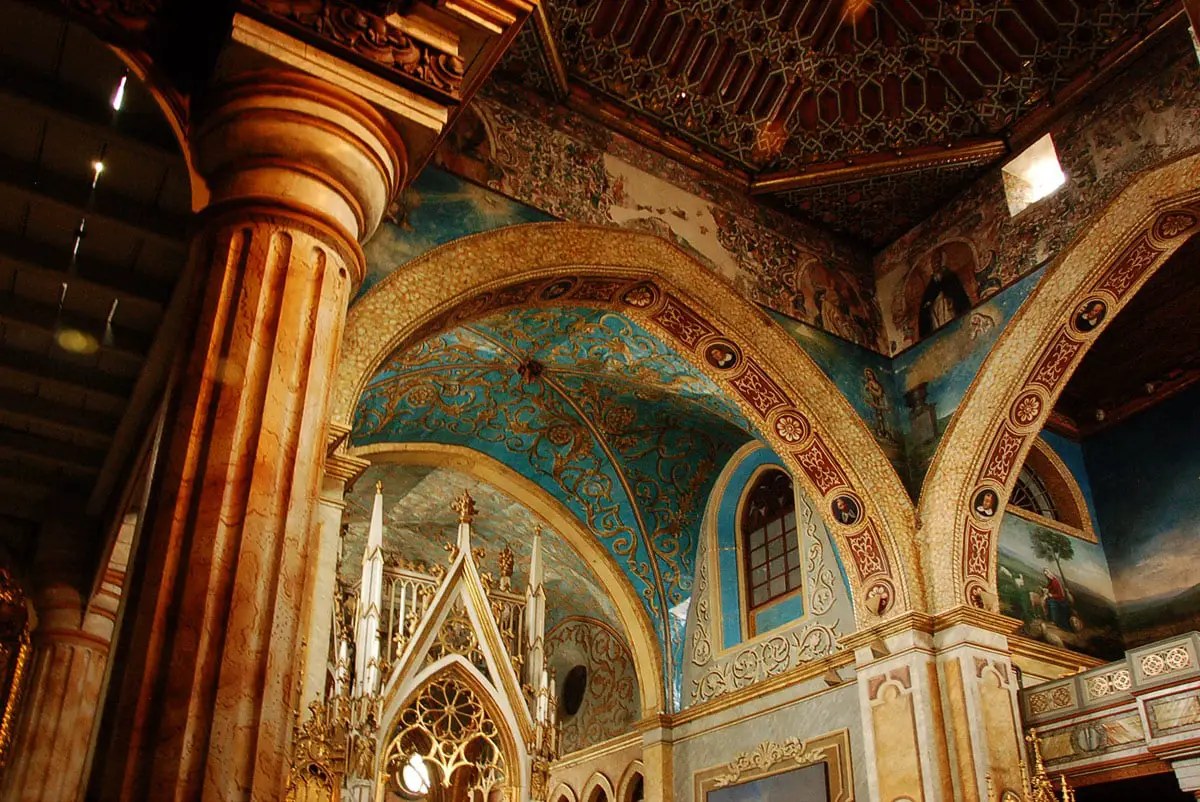
Wonders of Ecuador
Although Ecuador is somewhat smaller than its neighbors, the country nevertheless has a very diverse landscape and high diversity of cultural and natural landmarks. The highlights of Ecuador are Late Renaissance and Baroque architecture, historical cities, biological diversity, and numerous exciting archaeological landmarks.
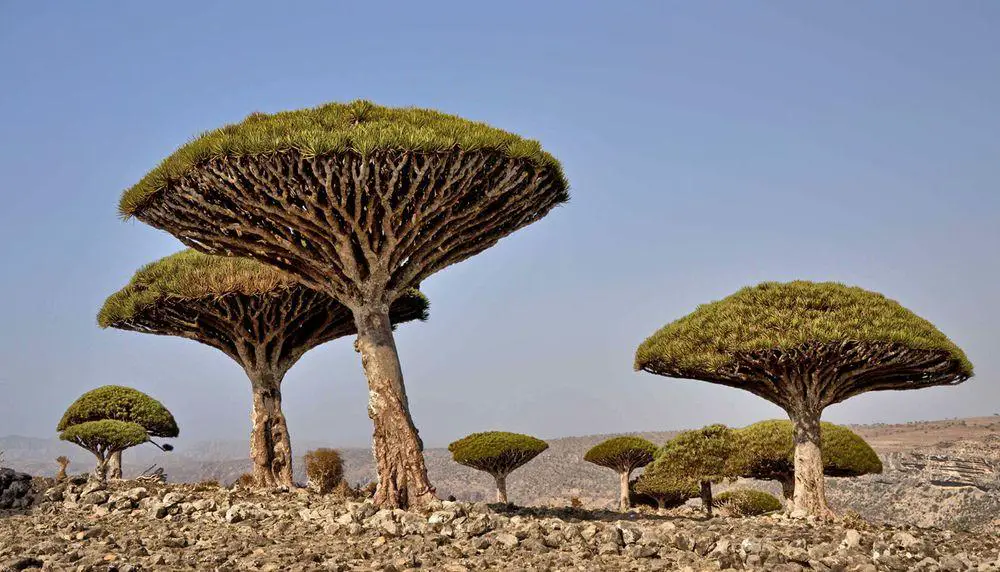
Ecosystems
Biotope is a rather small area with uniform environmental conditions and a specific community of life. Wondermondo describes biotopes and ecosystems which have striking looks, look very beautiful, or have other unusual characteristics.
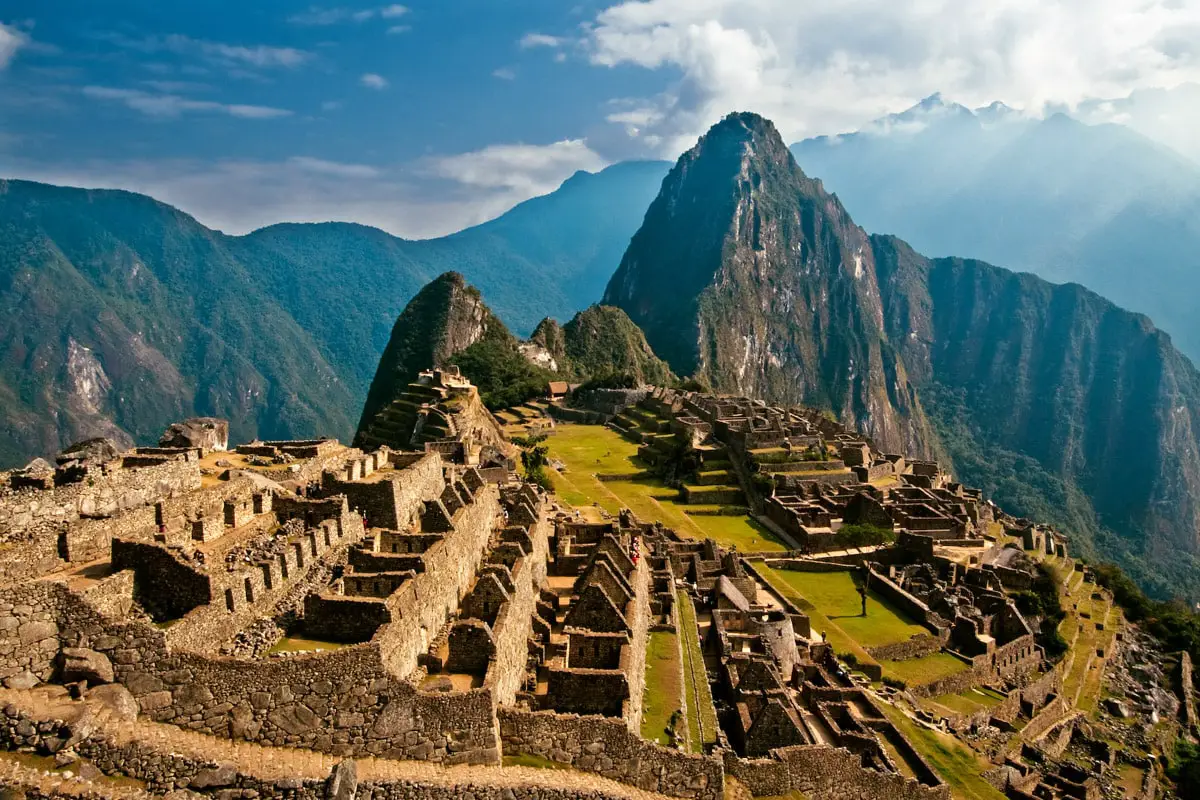
Wonders of South America
There is little doubt – South America is one of the most spectacular… maybe the most spectacular continent of the world.
There is located the second-highest mountain chain in the world, the largest rainforest, the tallest volcanoes, and the tallest and largest waterfalls. The highest biological diversity in the world is reached somewhere near the eastern ranges of the Andes in Ecuador, Peru, or Colombia.
 Recommended books
Recommended books
Yasuni Green Gold
In the heart of the Amazon basin lies the Yasuni National Park, the most biologically diverse forest on the planet. It is home to the Huaorani and some of the last indigenous peoples still living in isolation in the Amazon. But their ancestral lands sit on top of Ecuador’s largest undeveloped oil reserves.

